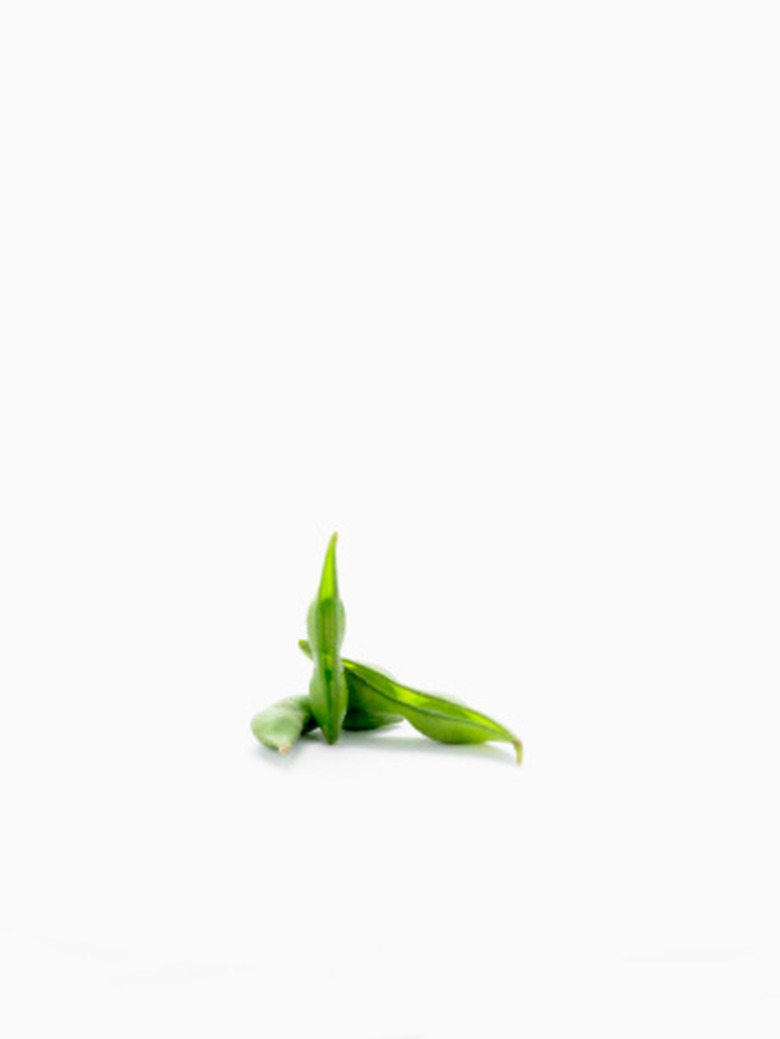How Long Does It Take For Soybeans To Emerge From The Soil?
Soybeans are an excellent source of protein and are easy to grow in the home garden. The beans are plump, green, hairy pods with edible seeds inside. Soybeans need three to five months from seed to harvest depending what variety you are sowing and how warm the climate is. The best time to plant is in May or when soils are 55 to 60 degrees Fahrenheit. Home-cultivated soybeans will generally sprout in four to seven days.
Soybeans in the States
Soybeans were first planted in the United States in 1765 in Georgia. The seeds were brought here from China where they were used as the basis for soy sauce. Soy sauce was popular in Europe and the colonies prior to farming the bean. Soybean seeds that were taken from a foundered Japanese ship were planted in Illinois and the corn belt. In the early 1900s, George Washington Carver studied the bean and touted the many uses for the bean as well as the importance of rotating the crop. The bean became a staple crop in the 1940s and is currently the world's largest producer of soybeans.
Sowing Soybeans
Soybeans are usually planted in early May. Soil temperatures must be at least 55 to 60 degrees Fahrenheit. The ideal seed bed for soybeans is moist, weed-free and well-aerated. Plant seed at 1 to 1 1/2 inch deep, 2 to 4 inches apart in rows that are 2 to 3 feet apart. The soil needs to be kept evenly wet to ensure germination, which occurs the fastest when soils are warmer. In areas where the seeds haven't been planted before, seeds are inoculated with nitrogen-fixing bacteria. They may also need to be dusted with fungicide.
Germination and Emergence
Germination is what takes place under the soil and is not the same as sprout emergence. Germination is when the radical or first root emerges. After they are planted, soybeans, which are normally 13 percent moisture, swell to 50 percent moisture. The radical emerges in one or two days. Actual shoot emergence doesn't happen for five to 10 days. Emergence is the moment when the cotyledons push up from the soil. Germination and emergence are greatly affected by the type of soil, amount of moisture and warmth and depth of the seeds.
Harvest and Storage of Soybeans
Mature soybean pods and stems are yellow or brown and are ready to be used for seed. The seeds may be yellow, mottled, black, brown or even purple depending on the variety. The pods are harvested before they turn yellow if they are being eaten as a vegetable or edamame. The pods are plump, green and roughly hairy. They need to be boiled or steamed to soften the shells enough to remove the beans. Soybeans are edible fresh but also freeze well for later consumption.
